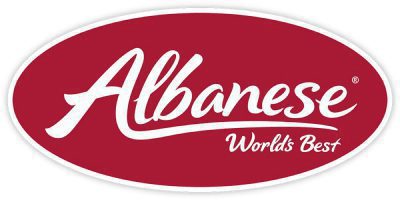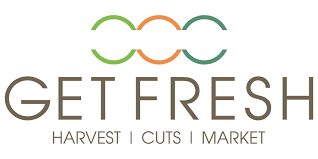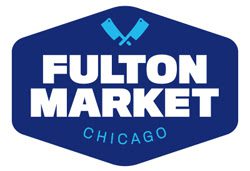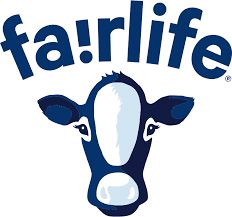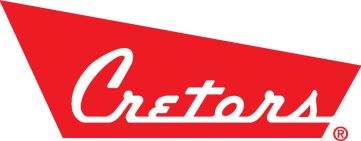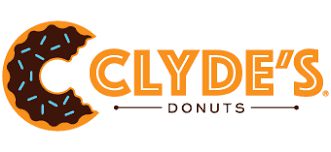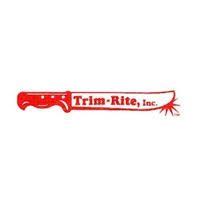Frequently Asked Questions about Meat Manufacturing Insurance
Q. What are the main insurance-related risks for food and beverage manufacturers?
A. Based on our experience on the field and the most common OSHA citations, food and beverage manufacturers are at risk for the following situations:
- Product spoilage, contamination or tampering
- Falling object hazards
- Injuries from working on dangerous equipment
- Lack of quality assurance/quality control
- Machine malfunctions
- Factory fires
- Providing a lack of Personal Protective Equipment (PPE)
- Poor management of highly hazardous chemicals
- Poor hazard communication
Q. Are there particular factors to consider when evaluating meat manufacturing insurance options?
A. There are specific risks that meat manufacturers face on a daily basis, including:
- Property Exposure – Property exposure is high due to multiple sources of ignition, open construction, and the combustibility and damageability of meat products and packaging materials. Ignition sources are from electrical wiring, equipment, and refrigeration units. All wiring must be well maintained and up to code for the occupancy. The age, condition and maintenance of coolers and refrigeration equipment are important to review. Ammonia leaks could cause an explosion. There should be detection systems, emergency shut-off valves, and exhaust systems to allow venting in the case of a leak. Alarms should be in place to warn of power outage or shutdown.
- Fires – Good housekeeping and fire controls are critical. Smoking should be prohibited. Even a small loss can cause all stock to be condemned by the FDA due to possible heat, smoke or water contamination. If there is a sprinkler system, heads must be located high enough to avoid accidental contact with forklifts. Recharging of forklifts and maintenance of vehicles should be done in a separate, ventilated area away from combustibles.
- Equipment Breakdown – Temperatures must remain constant for refrigeration equipment, which is why it’s crucial for equipment to be inspected and maintained on a regular basis. Back-up generators should be available in case of equipment failure. Additional coverage for spoilage and ammonia contamination should be considered as even a small power interruption could result in a large loss.
Business Interruption – Additional common interruptions for meat manufacturers can include equipment failure, relocation, fires and natural disasters. Continuity is critical in business, and there are few things more important than continuous revenue and cash flow – particularly for small to midsized organizations. Just one brief business interruption can be incredibly costly for an organization, often leading to serious reputational damages or long-term closures. Recovering from a loss could require a lengthy time to rebuild the facility and purchase replacement refrigeration equipment.
- Crime Exposure from Employee Dishonesty – Meat and seafood are very attractive commodities with high street value. This operation involves several transactions and accounts that can be manipulated if duties are not separated. Background checks, including criminal history, should be performed on all employees handling money. Regular audits, both internal and external, are important to prevent employee theft of accounts. Physical inventories should be conducted at least annually. Appropriate security controls must be taken, including physical barriers to prevent entrance to the premises after hours and an alarm system that reports directly to a central station or the police department.
- Product Liability and Spoilage – Despite the best efforts to keep food safe, this is a major concern for meat manufacturers. In the event of equipment malfunction, food and ingredients may spoil, potentially costing thousands of dollars in lost supplies and revenue. Food poisoning, the presence of foreign objects and other factors can potentially harm a customer, resulting in a lawsuit and costly settlement. Even a frivolous lawsuit can cost a significant amount of time, money and resources. Spoilage insurance can help cover the cost of any food lost as a result of spoilage, and product liability coverage can help cover these costs in the event of a lawsuit. But to reduce your chances of contamination, you should monitor the quality of food received, post lists of ingredients and maintain proper storage temperature. Keep accurate records of products and batches to monitor for recalls. There should be controls in place to prevent all types of contamination from chemicals used inside the facility, such as insecticides and pesticides.
- Workers’ Compensation Claims – The meat manufacturing industry is prone to many workplace accidents. Lifting heavy boxes/machinery can cause back injuries, hernias, sprains, and strains. Leaking ammonia can lead to lung damage or even death. Floor coverings or coatings may be slick and accumulate condensation, posing slip and fall hazards. Employees can pick up diseases from handling raw meat and seafood and could even get frostbite or hypothermia from spending too much time in refrigerated areas. Accidents ultimately happen in every workplace, but Horton can work with you to develop an effective safety plan and Accident Review Board to help you prepare for when the worst occurs. In the meantime, it is crucial to hold mandatory safety training for workers (including how to properly lift objects and correctly operate dangerous machinery) and provide proper PPE.
Q. What is an accident review board and how will this help my business long-term?
A. An Accident Review Board is comprised of key company personnel who review accidents and injuries in the workplace. Horton will help you determine the best members for your board – usually, it consists of your CFO, head of facilities, risk manager, head of human resources and a Horton safety consultant.
After an incident occurs, the board meets with the injured employee and their immediate supervisor to identify the cause of the incident and develop corrective actions necessary to provide similar situations in the future. If implemented correctly, this could drastically reduce the number and severity of work-related injuries in the future.
Q. What does meat manufacturing insurance cost?
A. There are several factors that will impact the cost of meat manufacturing insurance, including the size of your company, the amount of services you are requesting and your overall level of risk. For additional information, call Horton at (800) 383-8283.
